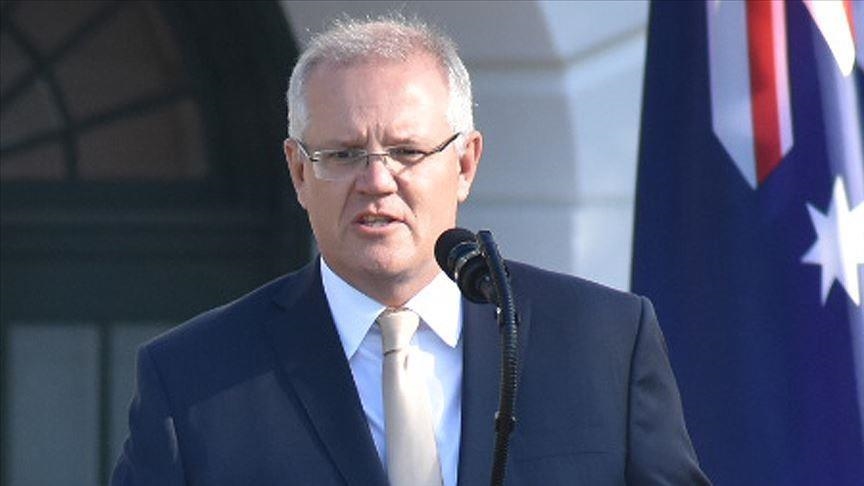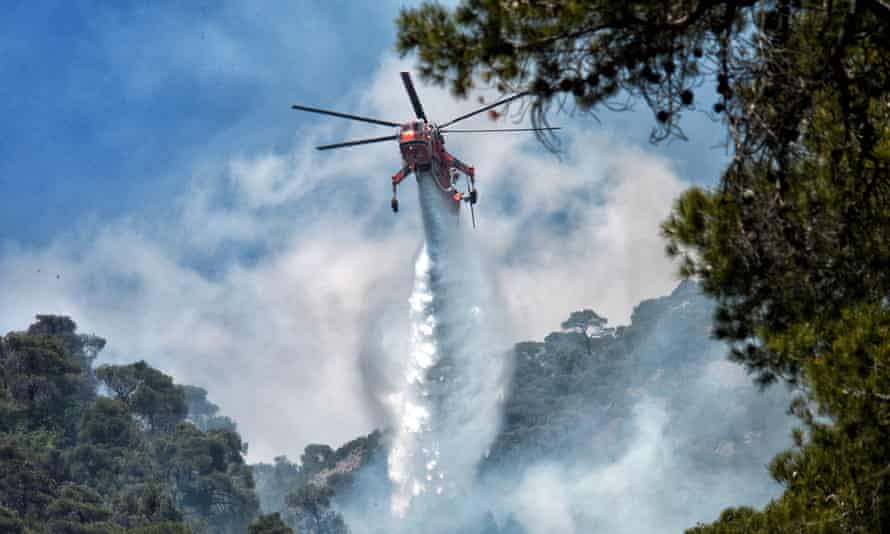NUKE NEWS
Arctic SMR plans make progress
09 August 2021
Rusatom Overseas has been licensed as competent to construct Russia's first SMR power plant on land. The plant, based on the RITM-200 reactor design, is scheduled to operate in the Russian Arctic town of Usk-Kuyga from 2028.
.jpg?ext=.jpg) How a power plant based on RITM-200 technology could appear (Image: Rusatom Overseas)
How a power plant based on RITM-200 technology could appear (Image: Rusatom Overseas)“We have reached another milestone in the project for the construction of a nuclear power plant in Yakutia region" said Oleg Sirazetdinov, vice president of Rusatom Overseas. The licence comes from a department within the Federal Service for Environmental, Technological and Nuclear Supervision, Rostekhnadzor, that deals with radiological safety in an inter-regional context.
Usk-Kuyga is a town of around 1000 inhabitants on the Arctic coast of Russia's far east in the Republic of Yakutia. The regional government has agreed to take up to 50 MWe of the plant’s production.
In November last year, Rosatom said it had been working on "various engineering surveys to evaluate the suitability of the chosen site, including a hydrometeorological survey, an environmental survey, a geodetic survey, and a geological survey". On 5 August the company said most of the survey work at the station construction site has been completed, and a preliminary version of the environmental impact assessment and the licence substantiation materials have been developed. Public hearings in Ust-Kuyga in June presented information on the planned plant's environmental impact.
With the start of the construction planned for 2024, Sirazetdinov said the new licence "is an important step towards the successful implementation of the project." The new reactors are scheduled to generate power in 2028.
RITM reactors are family of integral pressurised water reactors designed by OKBM Afrikantov which are usually used in pairs. Versions of the design are already used in three of the latest icebreakers - Arktika, Sibir and Ural - and are proposed for floating nuclear power plants. Construction in Usk-Kuyga will be the first deployment of the version adapted for use on land.
US NRC discontinues work on reprocessing regulation
09 August 2021
The US Nuclear Regulatory Commission (NRC) has discontinued work on a rulemaking that would have added a framework for licensing commercial reprocessing facilities to its regulations. In a notice published by the US Federal Register on 29 July, the regulator said its decision was based on the costs of conducting the rulemaking coupled with limited interest from industry.
.jpg?ext=.jpg) A dry storage facility for US used nuclear fuel (Image: NAC International)
A dry storage facility for US used nuclear fuel (Image: NAC International)
Reprocessing of used fuel from commercial reactors has been prohibited in the USA since 1977, with all used fuel being treated as high-level waste. Industry interest led to a 2013 NRC recommendation to develop the regulatory framework - with a limited scope mostly restricted to risks associated with reprocessing facilities - but in 2016, industry interest in constructing and operating a commercial reprocessing facility had declined and the regulator suspended its work on the issue, the NRC said in the Federal Register notice.
The NRC in March last year held a public meeting with stakeholders to discuss the status of the rulemaking, as well as engaging with organisations and vendors in the advanced reactor community to assess their interest in and specific needs for reprocessing. While industry representatives had voiced their support for continuing the rulemaking, no stakeholders had indicated any plans to submit an application to the NRC for a reprocessing facility in the foreseeable future, it said, and also noted that it would cost an estimated USD2.5 million to complete the rulemaking. "Therefore, while a rule would provide additional clarity for potential applicants, the NRC concludes that it is not warranted at this time," the NRC said.
The American Nuclear Society (ANS) last year urged the NRC to resume the rulemaking. The organisation's CEO and Executive Director Craig Piercy reiterated that call following the NRC decision.
"We're disappointed with the NRC's decision to suspend the rulemaking," Piercy told World Nuclear News. "ANS remains concerned that innovation in advanced reactor designs may be slowed by the absence of a modern, efficient and predictable regulatory framework for the recycling of used nuclear fuel. We urge the Commission to continue evaluating existing regulations and maintain its readiness to reengage in the rulemaking process in the near future."
Should it receive an application for a commercial reprocessing facility, the NRC could use its existing regulatory framework under part 50 of title 10 of the Code of Federal Regulations (10 CFR), Domestic Licensing of Production and Utilization Facilities for any near-term licensing needs, the regulator said. Current US Department of Energy activities to develop reprocessing technologies, particularly for advanced reactors, are aimed at providing a limited near-term supply of high-assay low-enriched uranium - also known as HALEU - for initial advanced reactor designs and do not require NRC licensing.
US energy retailer's nuclear tariff grows in popularity
05 August 2021
US energy retailer Energy Harbor has claimed "strong demand" for its tariffs offering carbon-free electricity from nuclear power plants. Interest in and sales of 100% carbon-free retail electricity products from the company's clean, reliable nuclear fleet have increased significantly this year, it said yesterday.
.jpg?ext=.jpg) The two-unit Perry plant, pictured when it marked 30 years of operations in 2017 (Image: FirstEnergy)
The two-unit Perry plant, pictured when it marked 30 years of operations in 2017 (Image: FirstEnergy)The company offers a range of energy tariffs to business and residential customers in the US states of Illinois, Maryland, New Jersey, Ohio and Pennsylvania. Its carbon-free options are tracked and delivered through Emission-Free Energy Certificates (EFECs).
Senior Vice President of Sales David Leone said Energy Harbor's clean energy products had attracted interest from a range of commercial and industrial industry sectors including data processing, auto, steel, plastics, food processing, secondary and higher education, municipalities and others, with the company seeing a shift in carbon-free demand as customers strive to achieve their ESG (environment, social and governance) goals. "In addition to our ever-growing commercial and industrial carbon-free customer base, we are also serving nearly 100,000 individual residential customers with 100 percent carbon-free power, eliminating over a half a million tons of carbon dioxide from the environment annually," he added.
Energy Harbor sources its power from the Beaver Valley plant in Pennsylvania and the Davis-Besse and Perry nuclear power plants in Ohio, with a total generating capacity of around 3950 MWe. These "produce nearly 30 million EFECs annually" for "climate conscious" customers including 100,000 homes, according to company statements. Planned closures of units at the Davis-Besse and Perry plants were rescinded in 2019 and Beaver Valley in 2020 after state-level action to support zero-emission generation.
The company also uses the WH Sammis and Pleasants coal-fired power plants in Ohio and West Virginia respectively, with a total capacity of 3500 MWe, and these support other tariffs. Overall Energy Harbor says its electricity is "nearly 90% carbon free", pointing to the relatively low capacity factor of those plants.
Researched and written by World Nuclear News
.jpg?ext=.jpg) How a power plant based on RITM-200 technology could appear (Image: Rusatom Overseas)
How a power plant based on RITM-200 technology could appear (Image: Rusatom Overseas).jpg?ext=.jpg) A dry storage facility for US used nuclear fuel (Image: NAC International)
A dry storage facility for US used nuclear fuel (Image: NAC International).jpg?ext=.jpg) The two-unit Perry plant, pictured when it marked 30 years of operations in 2017 (Image: FirstEnergy)
The two-unit Perry plant, pictured when it marked 30 years of operations in 2017 (Image: FirstEnergy)







